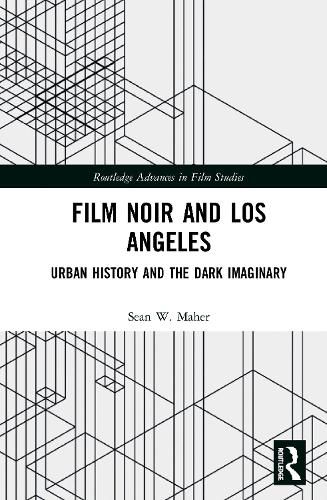Readings Newsletter
Become a Readings Member to make your shopping experience even easier.
Sign in or sign up for free!
You’re not far away from qualifying for FREE standard shipping within Australia
You’ve qualified for FREE standard shipping within Australia
The cart is loading…






This book combines film studies with urban theory in a spatial exploration of twentieth century Los Angeles. Configured through the dark lens of noir, the author examines an alternate urban history of Los Angeles forged by the fictional modes of detective fiction, film noir and neo noir.
Dark portrayals of the city are analyzed in Raymond Chandler’s crime fiction through to key films like Double Indemnity (1944) and The End of Violence (1997). By employing these fictional elements as the basis for historicising the city’s unrivalled urban form, the analysis demonstrates an innovative approach to urban historiography.
Revealing some of the earliest tendencies of postmodern expression in Hollywood cinema, this book will be of great relevance to students and researchers working in the fields of film, literature, cultural and urban studies. It will also be of interest to scholars researching histories of Los Angeles and the American noir imagination.
$9.00 standard shipping within Australia
FREE standard shipping within Australia for orders over $100.00
Express & International shipping calculated at checkout
This book combines film studies with urban theory in a spatial exploration of twentieth century Los Angeles. Configured through the dark lens of noir, the author examines an alternate urban history of Los Angeles forged by the fictional modes of detective fiction, film noir and neo noir.
Dark portrayals of the city are analyzed in Raymond Chandler’s crime fiction through to key films like Double Indemnity (1944) and The End of Violence (1997). By employing these fictional elements as the basis for historicising the city’s unrivalled urban form, the analysis demonstrates an innovative approach to urban historiography.
Revealing some of the earliest tendencies of postmodern expression in Hollywood cinema, this book will be of great relevance to students and researchers working in the fields of film, literature, cultural and urban studies. It will also be of interest to scholars researching histories of Los Angeles and the American noir imagination.